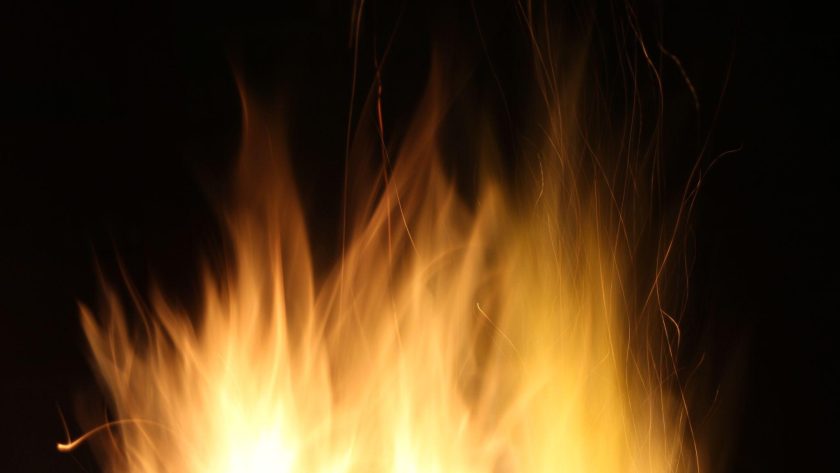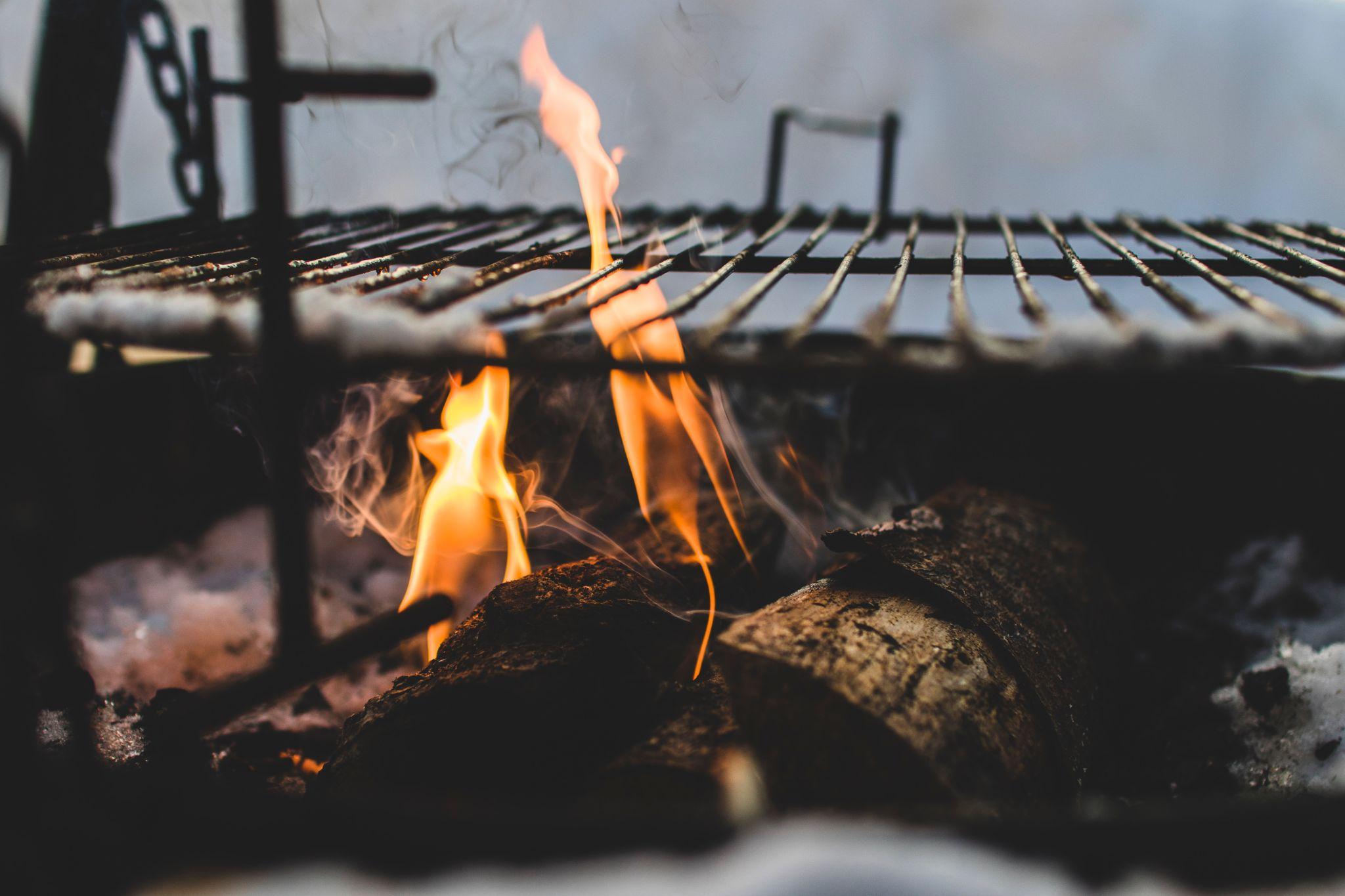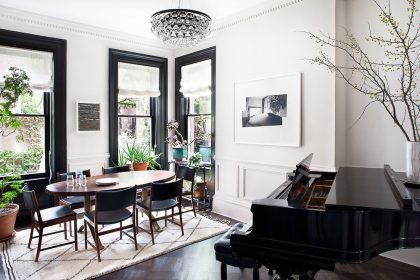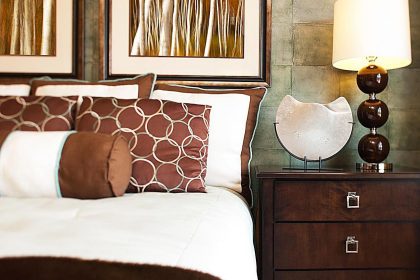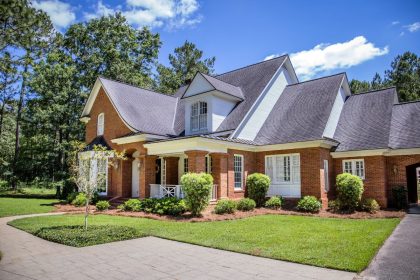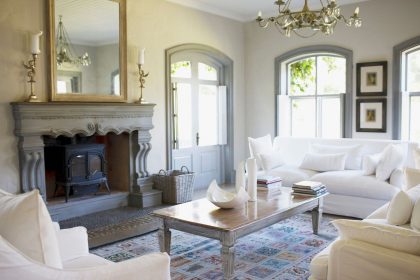Some homeowners vow allegiance to a raging wood fire and are ready to deal cheerily with the mess of ash and smoke that go with it. Others may prefer the convenience of flipping a dial for instant, more manageable flames.
The majority of fire-pit designs are designed to be set up at home in a grass corner, although those made of mortared brickwork or concrete pavers may complement the stonework of an existing patio well and be built into the existing stonework.
Ready to turn up the heat? A fire pit is one of the best long-term home and leisure additions for a home, and they are as stylish or simple as you desire. Discover which kind of fire pit best suits your spending limit and entertaining preferences by reading on.
How a Kit Fireplace Pit Is Made
Concrete paver fire pit kits are easy to assemble and provide the appearance of masonry without the need for cutting. The construction adhesive that surrounds a fireproof shell that shields the blocks from intense heat holds the blocks together.
DIY or a pro?
Bowls are portable and simple to set up. For home renovators with a strong back, a paver kit is a rewarding project. It is better to leave the construction of a fire pit made of stone, brick, or mortar to a mason.
Are they safe for kids?
It goes without saying that you should watch over children near open flames. Keep fires under control and be aware that fire pits continue to burn hot despite the flames having died out.
Upkeep?
To prevent rust, wash metal using soap and water, thoroughly dry it, and store it away from the elements. Use a paver cleaner to scrub masonry and masonry sealant to shield it from stains.
Similar to how you would treat a grill, keep your gas burner immaculate and check for even flames every season. To prevent snow or water from building up, use a cover.
Fire Pit Designs
The selection of a fire pit will be influenced by your budget, preferred aesthetic, and intended location.
Readily Available
Metal bowls are durable, lightweight, frequently portable, and reasonably priced.
Burners for propane are frequently higher and have an elongated base to conceal the tank. Less popular options include cast concrete with fiber reinforcement and fire-resistant composites that mimic masonry. Expect to see alternatives for burning wood, gas, and/or gel.
Block Kit DIYs
Masonry made simple with earthy colored cast concrete blocks that have been tumbled fit together with no cutting and may complement an existing patio made of pavers. Click here to read more on cast concrete. Concrete that requires little maintenance is straightforward to clean, won’t scrape, and can be coated to withstand UV fading.
Specific masonry provides the opportunity for a unique design that is suited to your existing environment. It can have more textures and hues than metal or concrete. It is possible to build on a previously built patio and use the same stone as the house.
If it drains properly, it should survive for the same duration as the residence remains intact. With the installation of an underground pipe, it is possible to construct a fire that burns wood, propane, or gas.
Choosing a Wooden Heat Source
Wood is easily accessible and produces vivid orange-yellow fire as it snaps and crackles when burned properly. The hottest levels of BTUs are produced by dense timbers like hickory and oak. Wood pits are typically the greatest option for providing the most heat since they can create fires that are larger than those produced by gas burners.
Wood fires may smell as nice as they look to some people, but for everybody else, the smoke and pollutants they release pose a health risk.
Wood smoke is particularly dangerous for people with lung illness since it can cause bronchitis and asthma attacks. Be a good neighbor, avoid placing a pit where smoke will be released close to surrounding residences, and check with your local building as well as fire departments for information on wood fire safety regulations.
Gas
Fire pits that burn propane or natural gas are typically easy to use and require little maintenance. They typically produce 40,000–60,000 BTU’s (https://www.eia.gov/energyexplained/units-and-calculators/british-thermal-units.php), and it’s a steady temperature burn. The embers never roar as loudly as a wood fire, but they can flash blue like a gas grill if pipes clog. A subterranean supply line for natural gas must be run by a professional.
Gel
Alcohol gel fuel cans, which contain a combination of alcohol made from isopropyl alcohol, sodium chloride, water, and binders, produce flames that can burn for up to three hours at 3,000 BTU’s.
The flames produced by liquid ethanol, also known as pure alcohol, are thinner and orange-yellow in color. They burn for around five hours and produce 4,000 and 5,000 Btus of heat.

